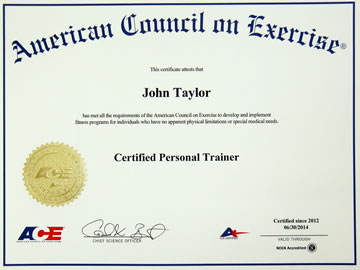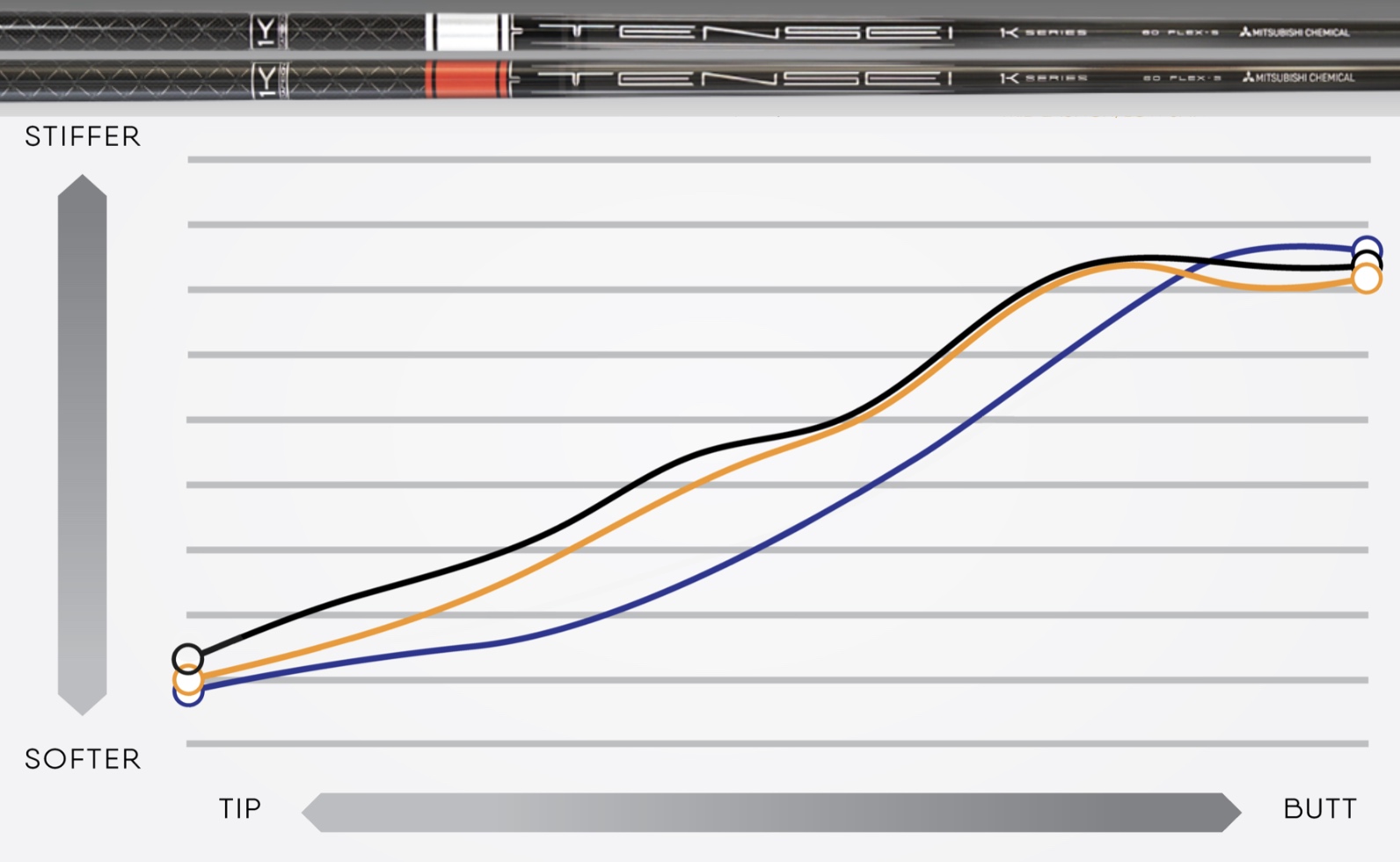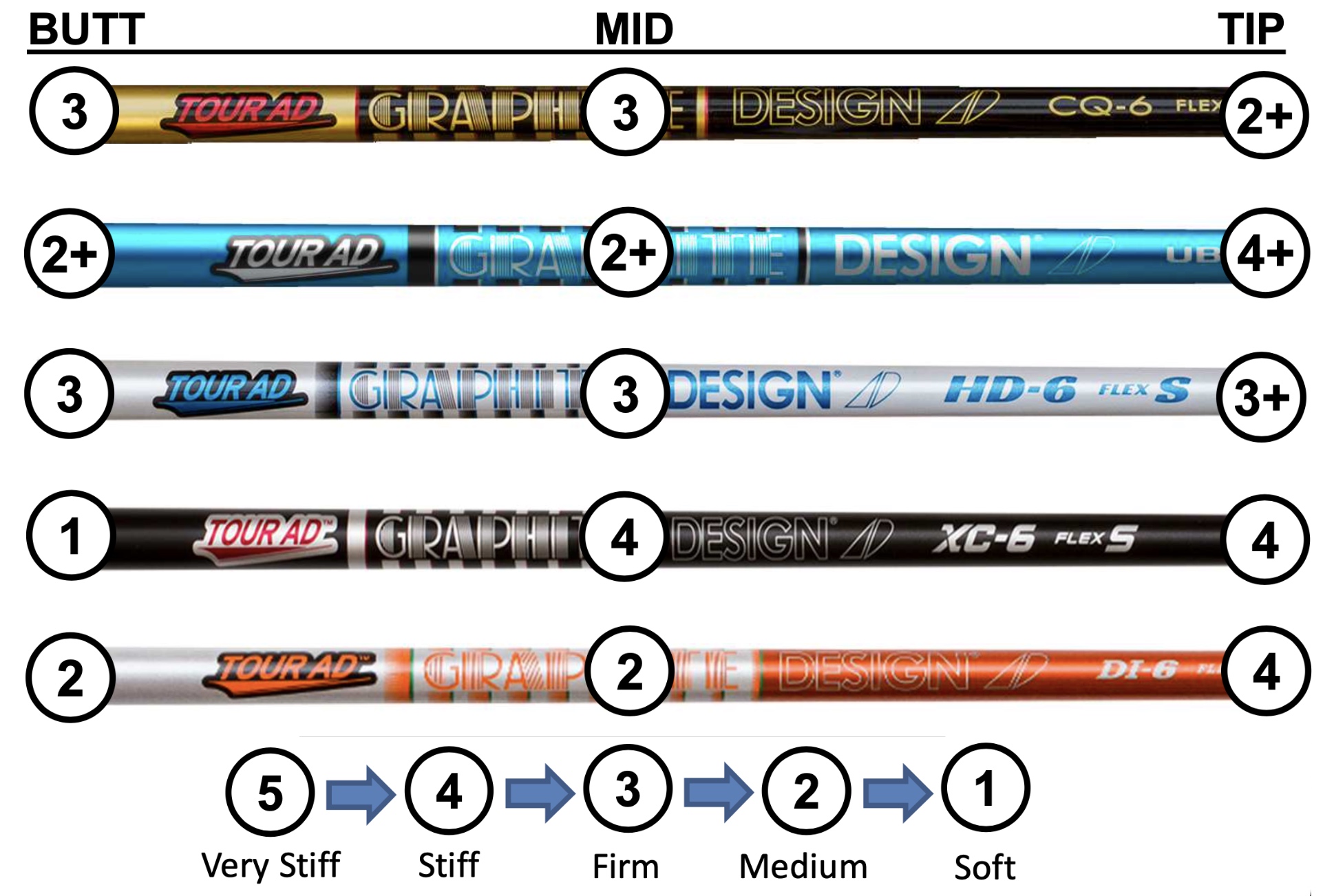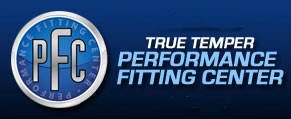A Stable Core
We see many excellent swings sabotaged by core instability. Our K-Vest 3D swing analysis often reveals poor sequencing of lower body and upper body with an underlying cause that stems from insufficiently strong core muscles. Carefully chosen words that reflect a complex problem.
What is the core? In anatomical terms, it's the trunk of the body -- the axial skeleton and about 30 muscles that contribute to the structure of the abdomen, lower back, and hips. These muscles transfer force between the upper body and the lower body through kinetically linked systems important for fundamental movements. We like to think of the golf swing as a fundamental movement, but we're biased.
Core stability has become increasingly recognized as an essential feature of effective body motor activity. We need strength and endurance in the hips and trunk to maintain proper alignment of body structures required for athletic motion. In other words, we need core stability to generate effective movement. We won't get into the details of functional anatomy -- unless you ask for it -- but the bottom line is we need a stable core to execute an efficient golf swing.
When we have an unstable core, our lower body can't properly resist the forces generated from swinging a golf club. Arms and shoulders are pulled out of plane and the loss in distance and accuracy can be substantial. Most swing faults start here. Golf lessons often don't get at the root of the problem because they are typically based on effect and not cause.
Our approach to helping golfers incorporates an analysis of core stability and determining which muscle groups need to be targeted for improved strength and endurance. We balance it with understanding mobility and flexibility restrictions that often develop as compensations for reduced core stability. It's where golf swing improvement must begin if the results are to be long lasting.





























 John Taylor
John Taylor
Reader Comments